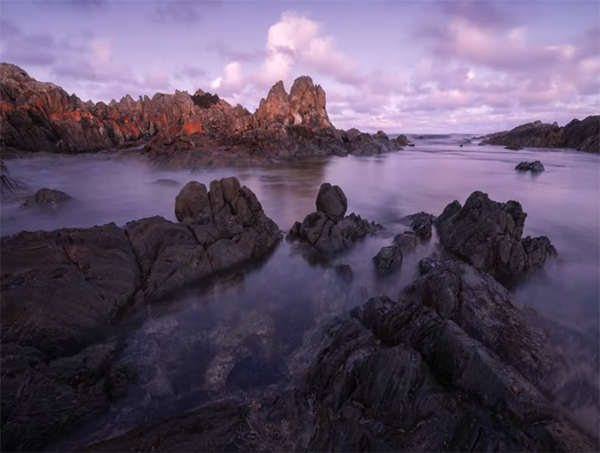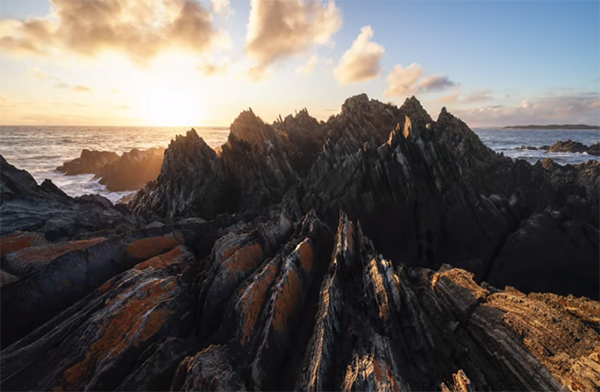Improve Your Wide-Angle Travel & Nature Photos with These “Essential” Tips (VIDEO)
The first thing most landscape photographers do upon arriving at a location is pull a trusty wide-angle lens out of their bag. It’s true that telephoto lenses are growing in popularity for this purpose, but today’s tutorial is all about making the most of whatever wide-angle prime or zoom that you own.
Oliver Whone is a professional landscape photographer based on Australia’s beautiful southern island of Tasmania. He’s also a popular educator whose videos are intended to encourage other to increase their appreciation of the great outdoors and shoot better photos of whatever they encounter in the field.
Whone says that in this episode, “I’m sharing my four essential techniques for achieving impactful photos with your wide-angle lens.” He’s shooting at the short end of a 16-35mm zoom for this demonstration, but his advice is appropriate for all lenses with a short focal length.

Despite the popularity of wide-angle lenses, Whone notes that “they come with a unique set of challenges” that must be overcome if you want to achieve optimum results. Expansive landscape scenes are often quite complicated with numerous objects in the frame, making effective composition difficult.
Whone’s first technique in this regard is to identify a prime subject and then find leading lines that will direct a viewer’s eyes to that area within the frame. His first image is of a rocky outcrop just off the coast, and Whone explains his thinking as he composes the shot. This one is particularly easy because there are leading lines just about everywhere you look.
Another effective approach Whone uses frequently with wide-angle lenses is shooting from a low perspective while tilting his camera down towards the ground. He demonstrates why doing this can really add impact to a photo, especially when shooting in portrait orientation. This method also helps exclude distracting elements in the background of the scene.

Technique #3 is related to the first two above and involves what Whone calls “filling the frame with value.” This can be difficult given all the information captured by wide-angle lenses, and Whone’s tips involve composing in a way that maximum space is devoted to key components within the frame. It’s also important to coordinate how other objects interact with one another.
Whone’s last bit of advice is remember to focus-stack your images, especially when dealing with key elements that are very close to the camera position. The reason for this step is simple: it provides maximum depth of field in the foreground, mid-range, and the background of the shot. Whone provides a quick demonstration of how this works.
We encourage you to visit Whone’s popular YouTube channel for more helpful tips and tricks for photographing the great outdoors.
On a related note, you’ll also want to watch a tutorial we posted earlier, with several foolproof tips for shooting better outdoor photos by controlling depth of field, lens magnification, and field of view.




